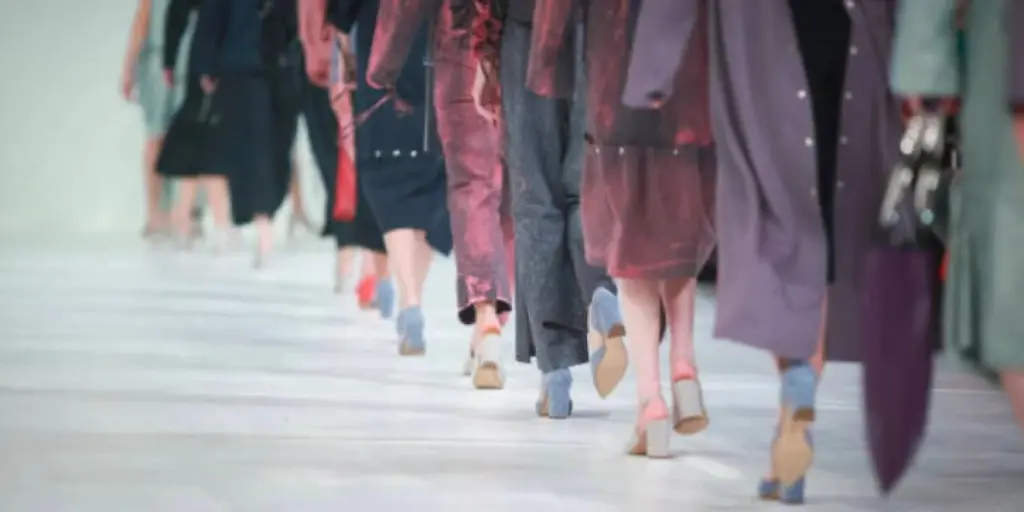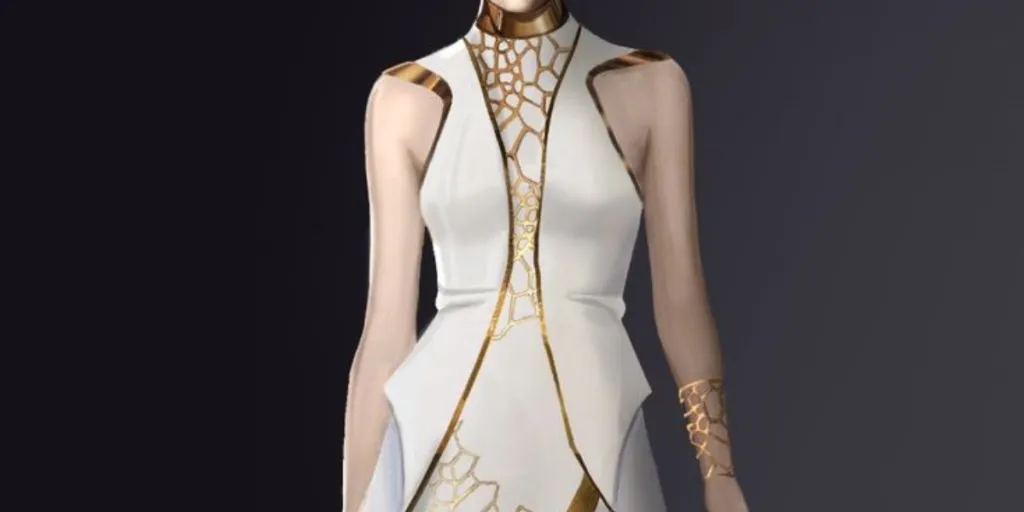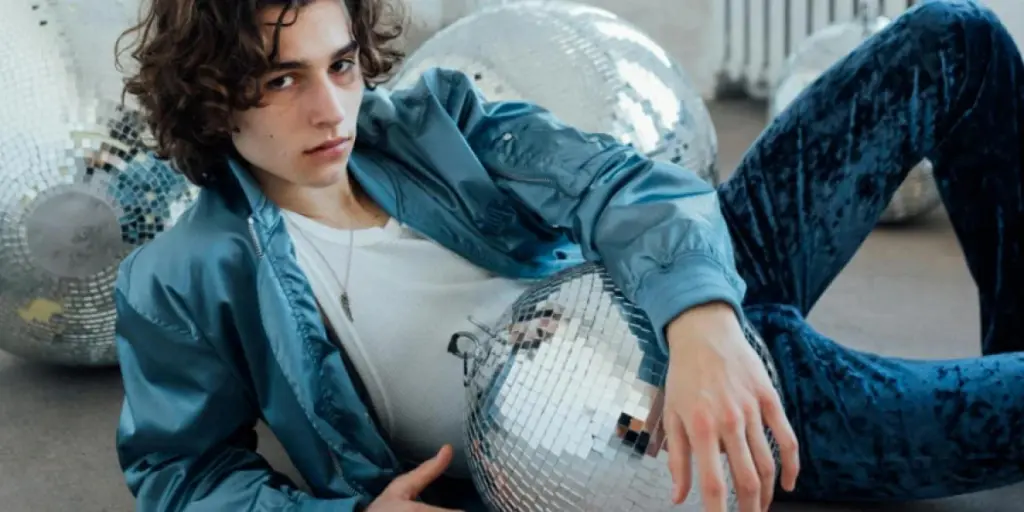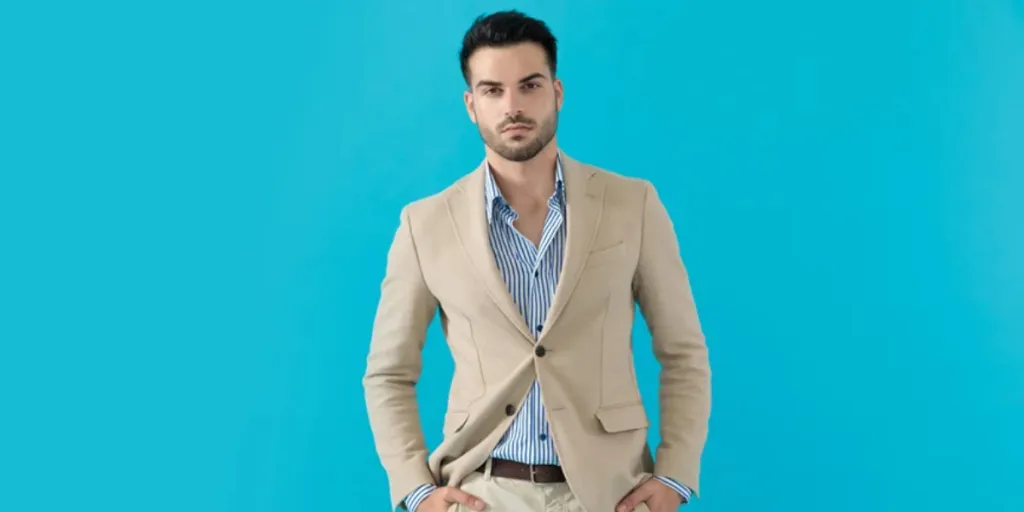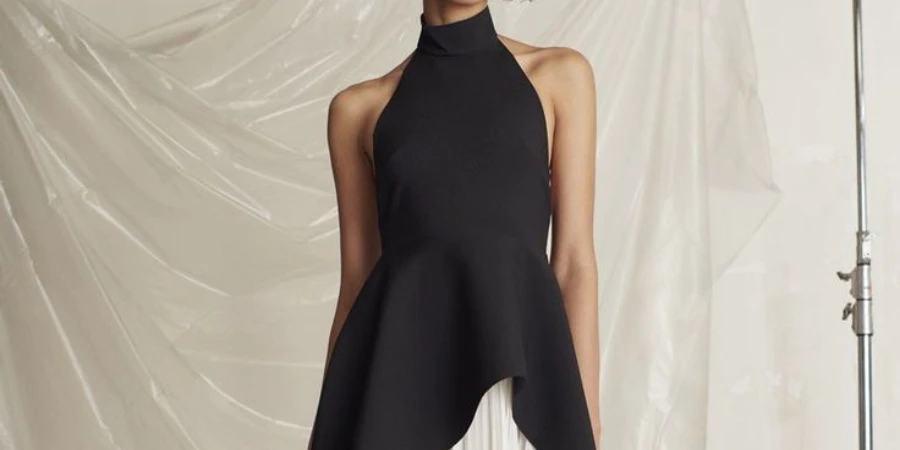As the fashion industry continues to evolve, brands need to stay informed about the latest trends that are turning heads.
Understanding and anticipating these trends can help businesses stay ahead of the competition and cater to consumers’ changing needs and preferences.
This article will explore seven future fashion trends that are reshaping the industry.
Table of Contents
The direction of fashion
7 future fashion trends
Wrapping things up
The direction of fashion
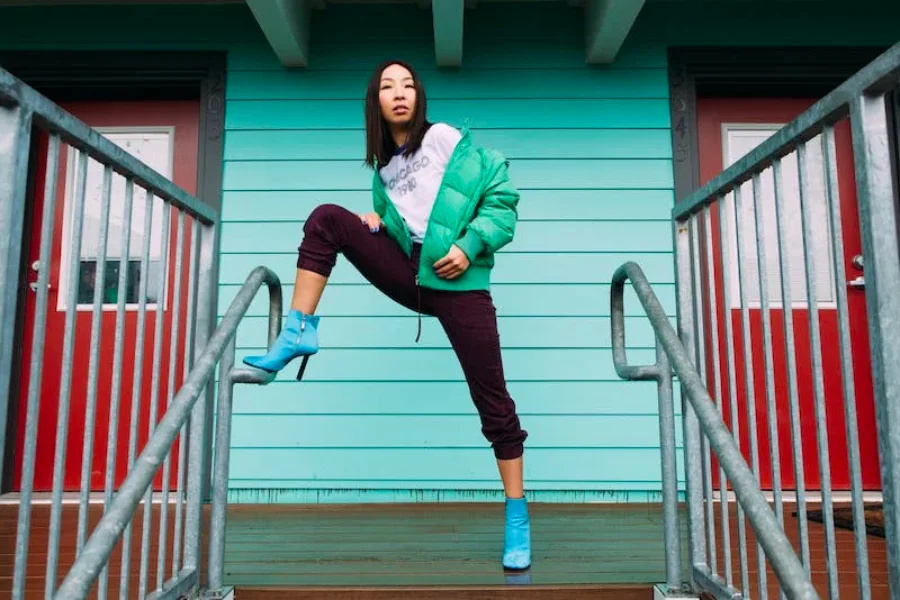
The fashion industry is huge in the global economy, with a substantial worth growing yearly. Estimates put the global value of the fashion industry at around US $1.7 trillion, making it one of the most lucrative sectors worldwide.
Its dynamic nature sets the fashion industry apart, where trends constantly evolve and change rapidly. With the advent of social media and digital platforms, trends spread faster than ever, influencing consumer preferences and purchase decisions.
The industry thrives on this constant flux, with designers, brands, and retailers continuously adapting to meet the ever-changing demands of consumers. This perpetual trend evolution and adaptation cycle create an environment ripe for significant shifts.
The fashion industry is undergoing a monumental transformation driven by sustainability, inclusivity, technological advancements, and shifting consumer behaviors.
As the industry seeks to align with more ethical and sustainable practices while catering to diverse and digitally savvy consumers, a profound and exciting shift is expected to reshape the industry’s landscape and pave the way for a more conscious, innovative, and inclusive future.
7 future fashion trends
1. Sustainable fashion and ethical practices
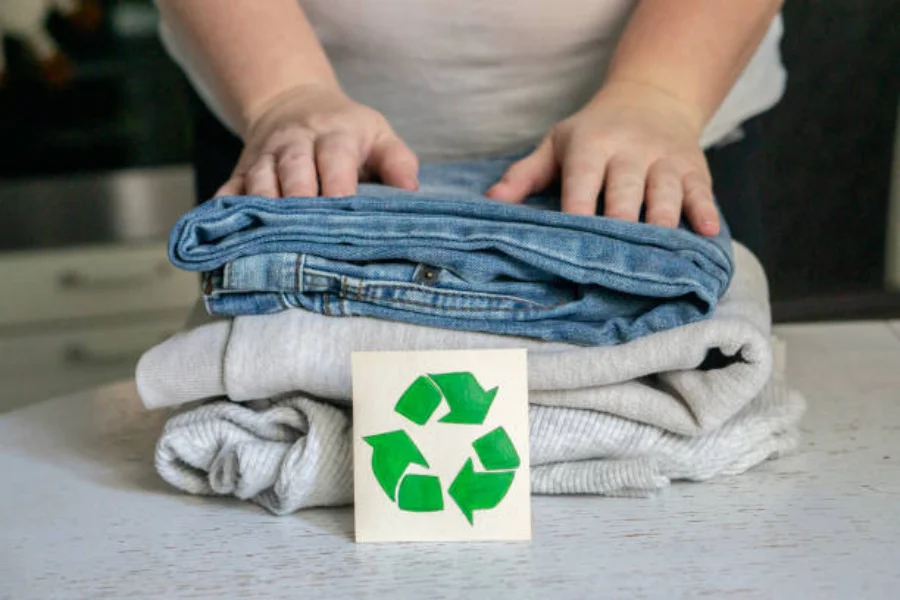
As the fashion industry evolves, one trend that is gaining significant traction is sustainable fashion and ethical practices.
This shift can be attributed to the rising demand from consumers who are increasingly conscious of their fashion choices’ environmental and social impact. As a result, fashion brands are recognizing the importance of implementing sustainable practices throughout their supply chain.
This includes adopting circular economy principles, where materials are reused, recycled, or upcycled to reduce waste and minimize the carbon footprint.
Brands also strongly emphasize ethical sourcing and fair trade practices, ensuring that their products are produced in a manner that respects workers’ rights and provides fair wages.
2. Technological advancements in fashion

This trend is driven by the need for fashion brands to embrace digitalization and tap into the power of e-commerce.
With the increasing popularity of online shopping, transactions are shifting towards digital platforms, providing brands with wider reach and accessibility.
Additionally, using augmented reality (AR) and virtual reality (VR) technologies is revolutionizing how customers experience fashion. These immersive technologies allow customers to virtually try on clothes, visualize how garments will fit, and create interactive and engaging shopping experiences.
Artificial intelligence (AI) and data analytics are crucial in trend forecasting and personalized customer experiences. AI-powered algorithms analyze vast amounts of data, including social media trends and customer preferences, enabling brands to stay ahead of the curve and deliver personalized customer recommendations.
Integrating these technological advancements in the fashion industry enhances efficiency, improves customer experiences, and drives innovation in fashion transactions.
3. Customization and personalization
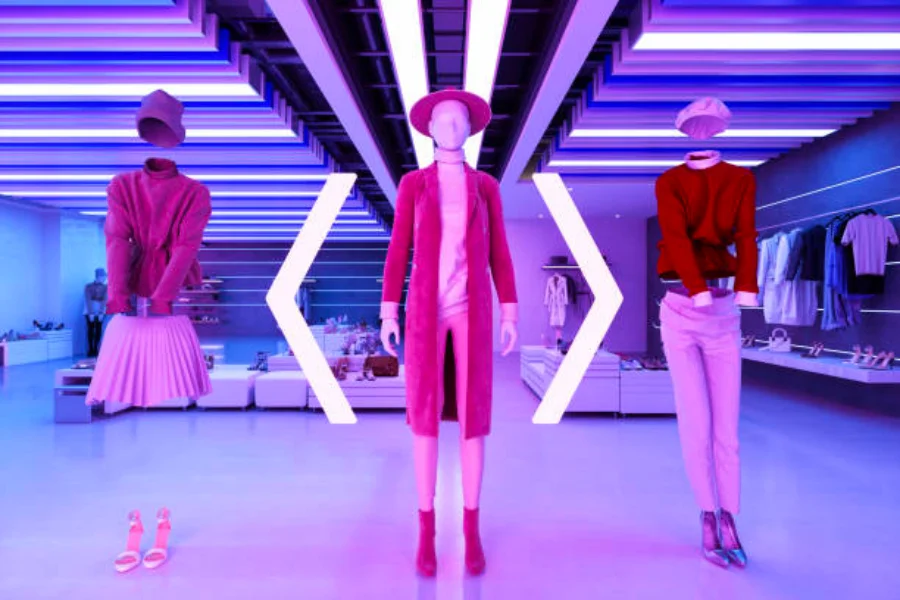
The growing consumer desire for unique and individualized fashion products drives this trend.
Fashion brands recognize the importance of offering customization options to their clients to meet this demand. By allowing customers to personalize their garments, accessories, or even the entire shopping experience, brands can forge stronger connections and create a sense of exclusivity.
Strategies for customization involve offering options such as selecting colors, materials or adding personalized details to garments.
Technology plays a vital role in streamlining and enhancing the customization process. From interactive design tools to virtual fitting rooms, digital platforms are utilized to provide customers with a seamless and engaging customization experience.
4. Inclusivity and diversity in fashion
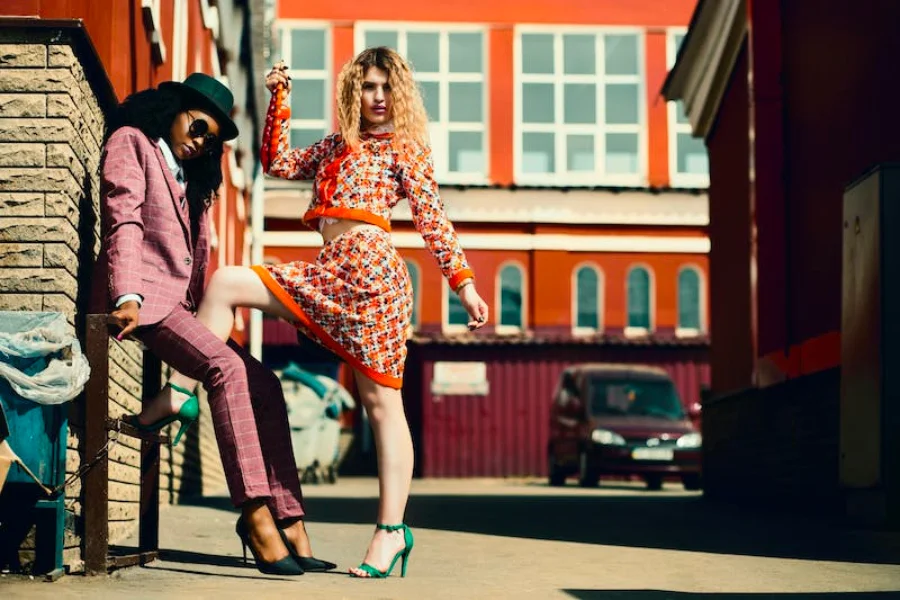
Inclusivity and diversity have become integral aspects of the fashion industry, driving a significant trend that cannot be ignored. Fashion brands recognize the importance of embracing diversity in size, ethnicity, gender, and age.
The fashion industry is becoming more representative of its diverse population, acknowledging that beauty comes in all shapes, sizes, and backgrounds. Inclusive representation in marketing and brand messaging is essential as consumers seek authenticity and relatability.
5. Fast fashion vs. slow fashion

The fashion industry is experiencing a significant shift as the fast and slow fashion debate gains momentum. This trend is fueled by the rise of conscious consumerism, where individuals are increasingly aware of their fashion choices’ environmental and social impact.
Slow fashion, which focuses on sustainable and ethical practices, is challenging the dominance of fast fashion. This shift influences manufacturing and retail practices, as brands face balancing consumer demand for fast fashion with sustainable and ethical considerations.
Brands are adopting strategies to incorporate more sustainable practices into their manufacturing processes, such as using eco-friendly materials, reducing waste, and improving supply chain transparency. They are also exploring innovative ways to meet market demands while minimizing fast fashion’s negative environmental and social consequences.
6. Consumer shifts: Gen Z and beyond
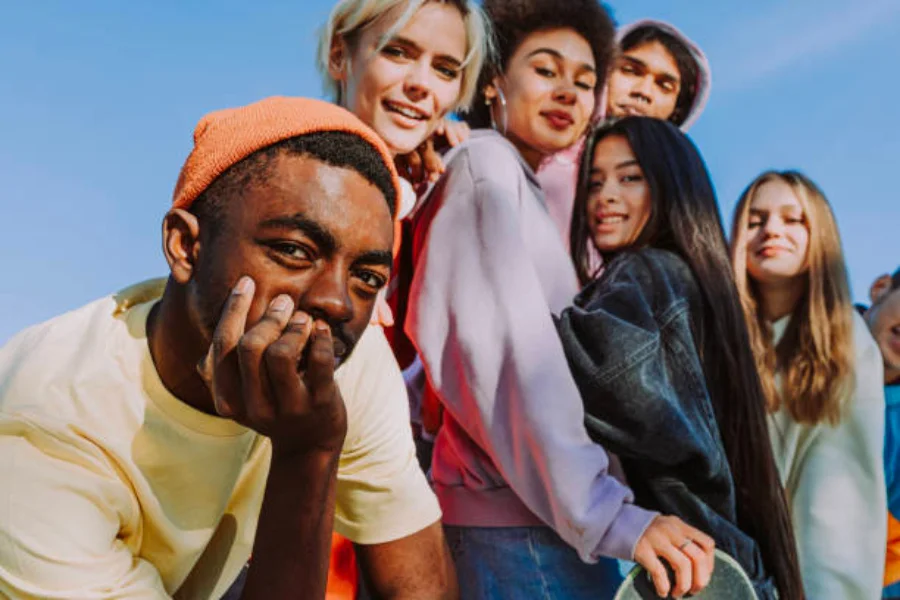
Fashion brands are recognizing the need to understand the preferences and values of this younger demographic.
Digital marketing and social media strategies are essential in targeting and engaging with these younger demographics. Brands leverage platforms like Instagram, TikTok, and YouTube to showcase their products and connect with Gen Z consumers.
Wrapping things up

The fashion industry is moving towards a more sustainable, inclusive, technologically advanced, and mindful direction to meet consumers’ changing preferences and values.
By staying attuned to these trends and adapting their strategies accordingly, businesses can position themselves for success in a rapidly changing industry.
